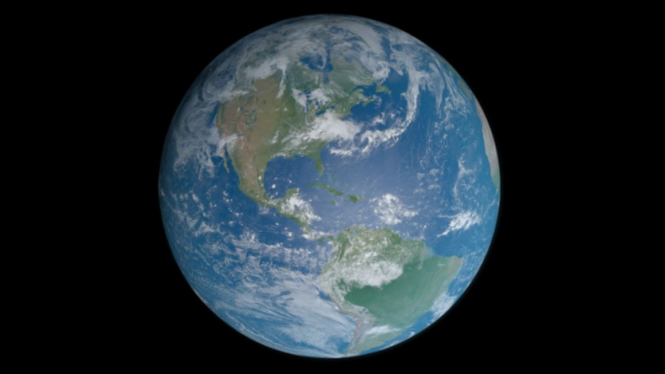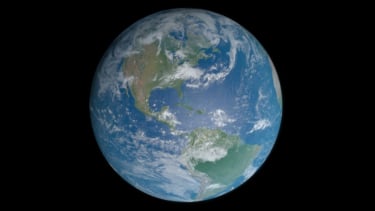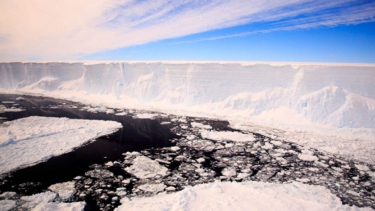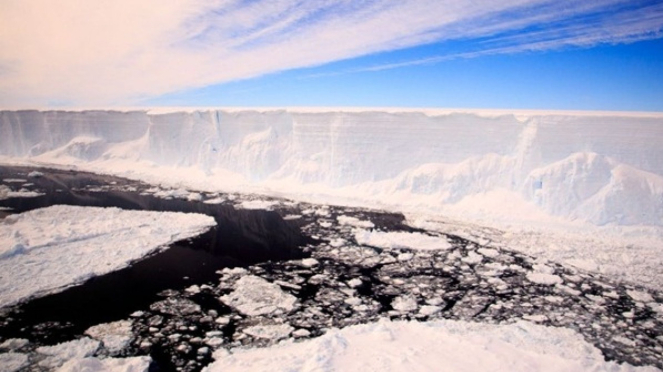- Pixabay/Steven Goddard
VIVA – A new examination of some of the oldest rocks in the world shows that Earth's first continent was unstable and sank back into the mantle before re-ejecting, then re-forming.
This process could explain some of the puzzling characteristics of cratons were old and stable parts of the lithosphere (crust and upper mantle) have survived millennia of continental change and recorded Earth's ancient history.
As quoted from the Science Alert website on Wednesday, September 21, 2022, these new findings can help us understand changes in Earth's geology over 4.5 billion years.
"The rocks at the cores of continents called cratons are more than three billion years old," The geologist Fabio Capitanio from the Monash University School of Earth, Atmosphere, and Environment in Australia remarked.
These rocks formed early on Earth and hold the secret of how the continents and planet changed over time.
Geologists do not know how continents formed. No other planet in the Solar System is as specific as Earth, so there seems to be a certain set of circumstances.
Ilustrasi benua Antartika.
- U-Report
Some evidence suggests that the continents probably formed from the inside out, around the core of the craton. However, the mechanism of the formation of the craton itself is still debated.
Cratons, which are currently known to number about 35, are buoyant and rigid compared to other parts of the lithosphere which has given them stability.
But its composition is unusual compared to the more recent lithosphere, consisting of a very diverse mixture of materials, and minerals of varying ages, compositions, and sources.
Heterogeneity or diversity denotes recycling and rework, according to previous research.
Fabio Capitanio and his team performed computational modeling to simulate Earth's evolution during the first billion years of its existence, and to observe the thermal and chemical evolution of the craton's lithospheric mantle.
In addition, they run a series of test simulations to find out how sensitive their model is too different parameters.
The results show that the first continental blocks to appear on Earth were unstable, sinking back into the mantle. There they melt and mix with the liquid until they dissolve.
Ilustrasi benua antartika kuno
- http://id.cutpen.com
However, some pieces stay there for a long time before floating back down, piling up beneath the lithosphere in layers to provide buoyancy and rigidity.
Since some pieces of older rock can stay in the mantle for a long time, this could explain the heterogeneity of the composition of the craton, older rocks from different places, mixed with younger rocks.
There might even be some pieces still down there, waiting to float back up. The team named this mechanism massive regional relamination' (MRR).
Because it closely matches the composition of the observed craton, the team says it may have been a key component of the formation of continents on early Earth.























